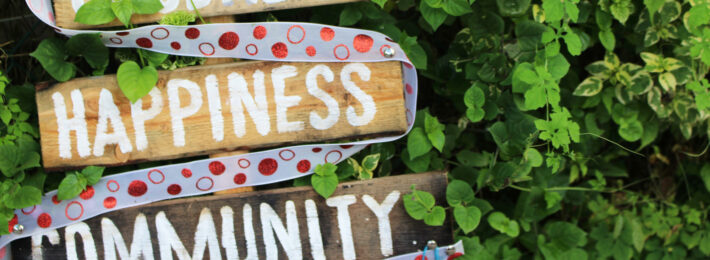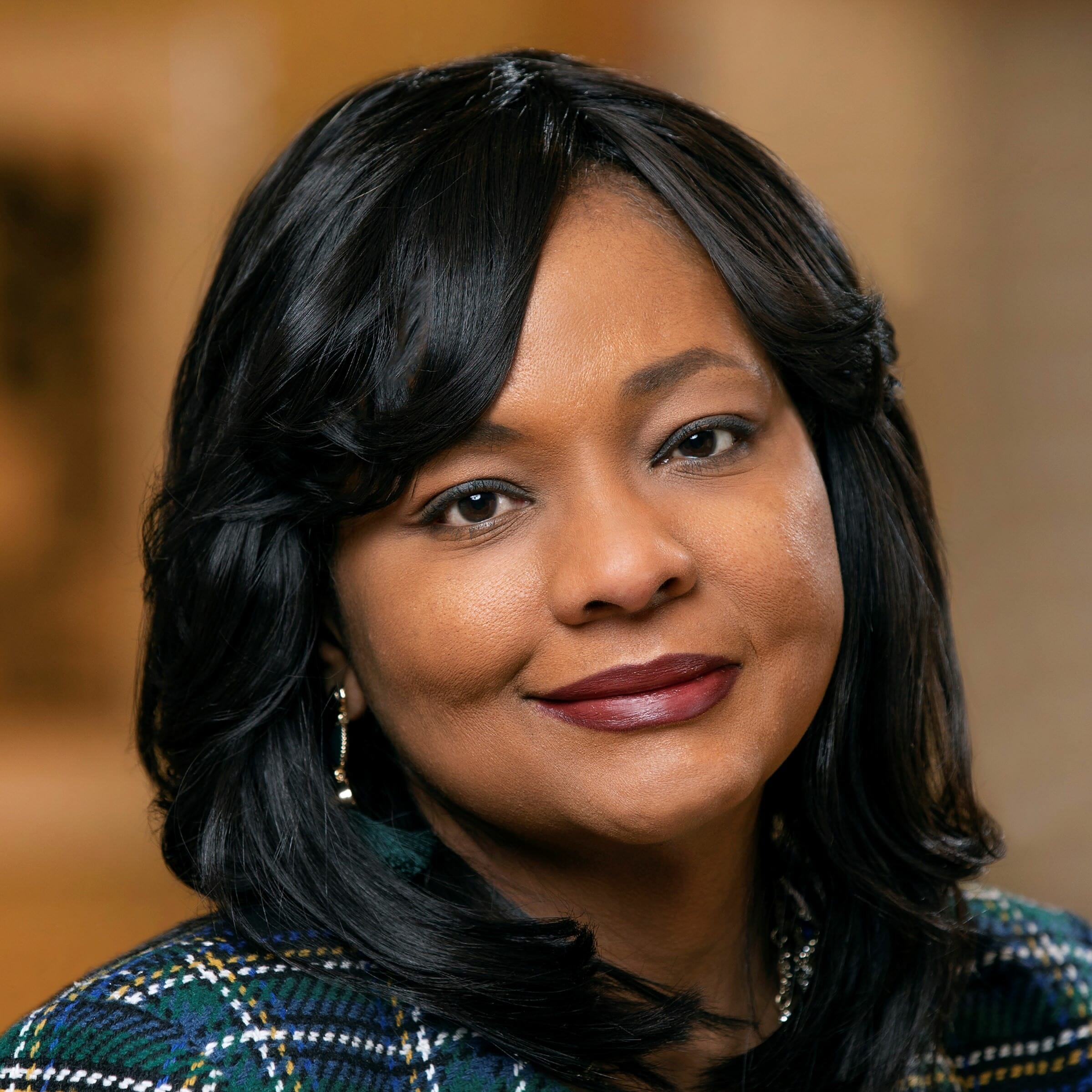
By Mary Dana Hinton, Ph.D.
President of Hollins University
As part of our opening State of the University address, a tradition on many college campuses, Hollins University faculty and staff had the opportunity to learn together in a variety of small group settings. Besides hearing information about the university and how we are performing, we also used the moment to engage in shared professional development by choosing from nearly a dozen learning sessions. These ranged from an overview of our general education revision process to discussions about community engagement and outreach, enrollment, and more. As few leaders may be willing to confess, but all will understand, I chose the session on mental health and wellness. If ever there was a time to seek as much mental health support as possible, it’s now. Even if it means being vulnerable in front of my community.
In this educative session, the facilitator shared an interesting model of disaster/trauma response. While the COVID-19 pandemic may not properly fit the definition of disaster, it has certainly been disastrous, and traumatic, for many. As I looked at this model, it felt like an accurate and affirming reflection of my lived experience, my interior life, and my leadership over the past 18 months.
Like many, at the outset of the pandemic, I was filled with a spirit of perseverance and grit. “We will make it through and attempt to learn the lessons contained in this moment,” was my mantra. We celebrated the heroism of small, now grand, acts in our communities. Globally, we came together against our common viral enemy. On campus, this tenacity enabled me not only to encourage myself but to support and encourage others. We locked arms, marched forward, and emphasized learning and academic rigor in an unexpected and unprecedented environment: a brave, new (for us) online world.
Externally, through rapid and divisive political rhetoric, the honeymoon/ heroic rescuer stage was brief in the United States. Soon, our collective mentality gave way to rampant individualism. Meanwhile, on campus, our hard work to provide an academically rigorous and socially connected experience began to take a toll due to the sheer exhaustion of the journey.
As a result, today we are globally, nationally, and, for many, individually, now in the disillusionment stage. We may have landed in this space at different times, but I do believe it’s a portal through which we will all pass.
In fact, I can pinpoint the moment I crossed the threshold to disillusionment: Mere days before the start of the semester, and despite our campus being 98.5% vaccinated, we realized we would still need to do indoor masking. Why did this moment – with a fairly mundane decision nearly 18 months into the pandemic – propel me into disillusionment? For me, it was the impact of understanding that our community would still be curtailed despite doing all the things we were supposed to in order to be successful. We did everything right, I thought to myself. Where’s our reward? I was wholly disillusioned on that day.
Properly defined, disillusionment is a feeling of disappointment that results from the discovery that something is not as good as one believed it to be. This definition absolutely captured my feelings in that particular moment. And, this definition is especially challenging for a campus leader.
The president must always be the last optimist standing. Your campus relies upon you absorbing all of their concerns and reflecting back light and joy. But at this moment, in this pandemic, how does one traverse disillusionment – a natural phase of recovery?
First, it is critically important to acknowledge where you are as a person and as a leader. I have to believe that if this pandemic has taught us nothing else, it’s that we are all human and, as such, have a variety of experiences and emotions. By sharing your humanity, you connect with others on your campus. Be fully human and acknowledge where you are.
Second, think about those things that you can do with intention. Engaging a community to find our way out of the woods of collective and individual disillusionment requires seeking and intentionally creating hopeful acts of planning, visioning, and forward action. It is allowing space to feel disillusioned while not languishing in that state of mind. Through intentional action, the community can discern what matters most and grieve what may be left behind, as we begin the journey to the next stage: rebuilding and restoration.
Rebuilding and restoration is actually a very compelling place to dwell as a leader. It demands planning, vision, hope, and action. To be clear, rebuilding and restoration are not the same as re-creation; the goal is not to simply recreate what was before the pandemic. Rather, the goal is to rebuild by constructing anew. The vision is not predetermined. The intentional invitation to our community to engage in planning, visioning, hoping, and acting with us is part of how we heal. Indeed, the act of looking forward can galvanize a community.
As a leader, it is essential that you embrace your community while in disillusionment but help to shepherd the community to rebuilding and restoration. Of course, leaders must do this work themselves, personally and professionally. It is okay for a leader to experience disillusionment and to be weary, but it’s also critically important to think about how you can vision, plan, hope, and act on your leadership priorities in this new moment.
Following rebuilding and restoration we move into the destination point in the cycle, one in which we will have evolved as a result of the disaster/pandemic. The end goal is not reverting to pre-pandemic but emerging into wiser living. This journey may perhaps be the most demanding as it will require us to live differently than we have in the past. This is our greatest opportunity in disaster (or pandemic) recovery.
As we work to emerge from this moment of disillusionment, our instinct will be to reach for what is familiar and comfortable, to embrace – perhaps even romanticize – old ideas and old narratives. To dredge up what we knew, to dredge up how we have always done things, to resurface those things that bind us to a past when the world is now offering a brighter future. Yes, it is a future in which there is uncertainty and risk. Yes, it is a future that requires each of us to perhaps reframe how we think of ourselves and our work. Yes, it is a future in which we intentionally ponder who we are and who we want to be; not just who we were pre-pandemic. Yes, it is a future in which we must travel with open arms: Open arms to embrace new people, new ideas, and new ways of being in the world, and open arms to embrace who we can become as we evolve into our wisest, albeit at times disillusioned, selves.
 Mary Dana Hinton is the president of Hollins University and president emerita of the College of Saint Benedict. Active in the national higher education arena, she is a member of the Board of Directors for the American Association of Colleges and Universities, the National Association of Independent Colleges and Universities, Interfaith Youth Core, Saint Mary’s School and the Teagle Foundation. She founded the Liberal Arts Illuminated Conference. In 2021 she was elected to the American Academy of Arts and Sciences.
Mary Dana Hinton is the president of Hollins University and president emerita of the College of Saint Benedict. Active in the national higher education arena, she is a member of the Board of Directors for the American Association of Colleges and Universities, the National Association of Independent Colleges and Universities, Interfaith Youth Core, Saint Mary’s School and the Teagle Foundation. She founded the Liberal Arts Illuminated Conference. In 2021 she was elected to the American Academy of Arts and Sciences.
Dr. Hinton’s scholarship focuses on African American religious history, higher education leadership, and inclusion in higher education. She is the author of “The Commercial Church: Black Churches and the New Religious Marketplace in America” and frequent op-ed contributor across higher education publications.
Dr. Hinton earned a Ph.D. in religion and religious education from Fordham University, a Master of Arts degree in clinical child psychology from the University of Kansas, Lawrence and a Bachelor of Arts degree in psychology from Williams College.

